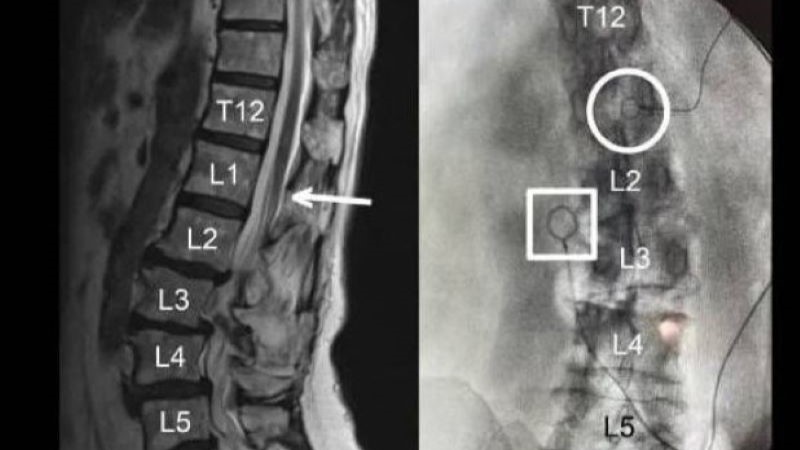
Recent research has shown that young athletes who undergo anterior cruciate ligament (ACL) reconstruction with a hamstring graft are more likely to need revisional surgery than those receiving bone-patellar tendon-bone grafts. This research was led by Dr. Christopher C. Kaeding, Ohio State University and presented this month at the American Orthopedic Society for Sports Medicine Annual Meeting.
To evaluate the efficacy of each graft in ACL surgery, Kaeding and colleagues followed 839 patients who were between ages 14 and 22 and were scheduled for an ACL reconstruction. These patients injured their knees playing various sports, including football, soccer, and basketball. All were prospectively followed at two and six years to see if any follow-up surgeries had occurred.
Age, gender, ethnicity/race, sport, activity level, type of graft, BMI, and knee laxity were controlled via multivariable regression modeling. At the six-year follow-up, the primary outcome of interest was the incidence of an ACL reconstruction in either knee. The team’s hypothesis was that no significant differences in recurrent ligament failure would be observed between the hamstring and patellar tendon grafts.
“The purpose of this study was to determine the incidence of subsequent ligament disruption for high school and college-aged athletes between autograft bone-patellar tendon-bone versus hamstring grafts for anterior cruciate ligament repair,” explained Kaeding.
After reviewing the data, the researchers found that patients receiving the hamstring graft are at double the risk of a graft revision than those receiving the patellar tendon graft. In some cases, the hamstring graft was correlated to an increase of 15 percentage points in revision risk, from 35% to 50%.
“There is a high rate of subsequent ACL surgery in this young athletic cohort, with evidence suggesting that incidence of ACL graft revisions at six years following index surgery is significantly higher in hamstring autografts compared to bone-patellar tendon-bone autografts,” Kaeding said.
In addition, the overall ACL revision rate was 9.2% in the same knee and 11.2% in the knee that had not been operated on, and 19.7 had one or the other done within 6 years of the initial operation. Ligament weakness (laxity), autograft type, and age were the three most powerful predictors of a recurrent ACL revision on the same knee. As for the other knee, the most accurate predictor was the sport that caused the initial injury.
The researchers concluded that there is a high rate of secondary ACL tears in both the ipsilateral (same side) and the contralateral (opposite side) knees among these young athletes. In addition, their research provides evidence that the hamstring autograft may be more likely to fail than the patellar tendon graft in this patient population.







 © 2025 Mashup Media, LLC, a Formedics Property. All Rights Reserved.
© 2025 Mashup Media, LLC, a Formedics Property. All Rights Reserved.